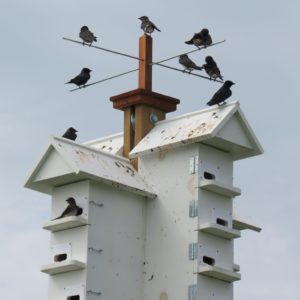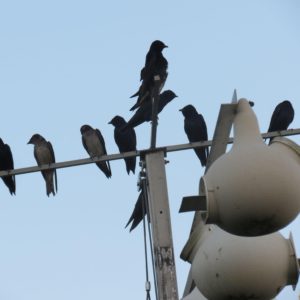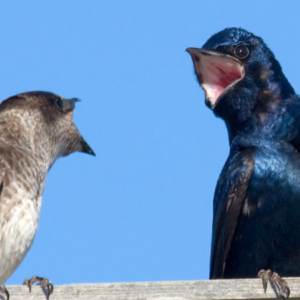Saving Our Swallows – A Conservation Internship
Aerial Insectivores (birds who eat insets while flying, including swallows) are the species of birds that are declining the fastest in Canada[1].
Over the past few months, I have had the privilege to work with Ted Cheskey, the Naturalist Director at Nature Canada, as a practicum student through my program at Carleton University. Although I have worked on other projects, the focus of my work at Nature Canada is the Save Our Swallows (SOS) initiative. This initiative, which is supported by the Ontario Trillium Foundation, aims to mobilize specific communities for the conservation and recovery of Ontario’s declining swallow populations. To this end, I have been tasked with developing methods to identify and delineate bird roosts in Ontario, using weather radar. The purpose of this is to give us the ability to remotely monitor the size of roosts in Ontario, and create a database with the approximate size of birds dating back to the early 2000’s.
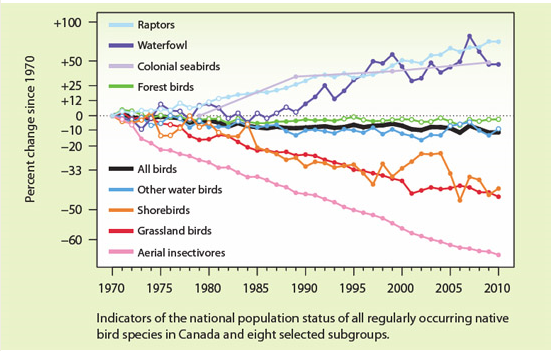
Figure 1. Graph showing the population trends of birds, aerial insectivores shown in pink. (State of Canada’s Birds, 2012).
WSR-88D radar is a series of weather stations operated by the National Oceanic and Atmospheric Administration (NOAA), which covers the contiguous United States. However, we are only interested in four main sites: Buffalo, Cleveland, Detroit and Fort Drum. These four sites allow to identify roots from Windsor to beyond Kingston, with the largest roost being the Bkejwanong Roost . In order to identify the roosts, we look for tell tale shapes that we have dubbed the “donut” or a semi-circle.
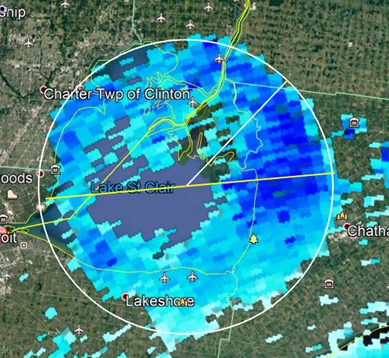
Figure 2. Screenshot of a roost signature, showing the “donut” signature for the Bkejwanong Roost.
These shapes appear best in the morning between 05:45 and 07:00 when the birds are leaving their roosts for the day. Information on how to access, download and visualize radar data is coming soon!
By improving out ability to identify roosts remotely, it is our hope that we will be able to increase the understanding surrounding where and when swallows roost to advance conservation efforts in this regard. If you are interested in this subject, please feel free to check out our Save Our Swallows initiative here.
[1] www.stateofcanadasbirds.org/results_national_indicators.jsp

